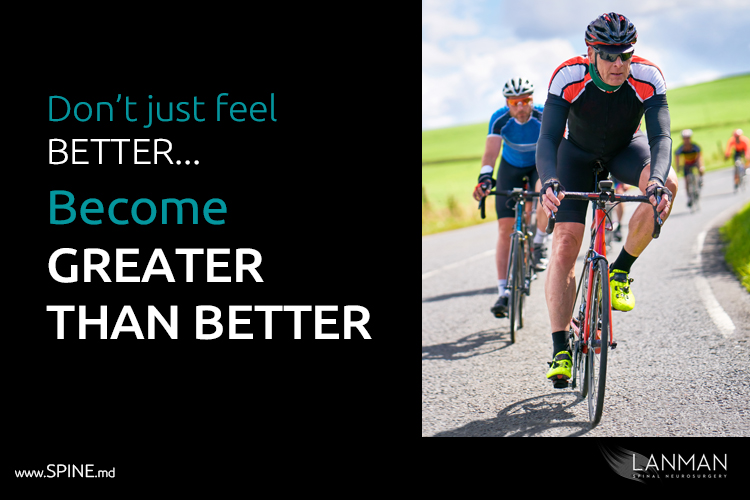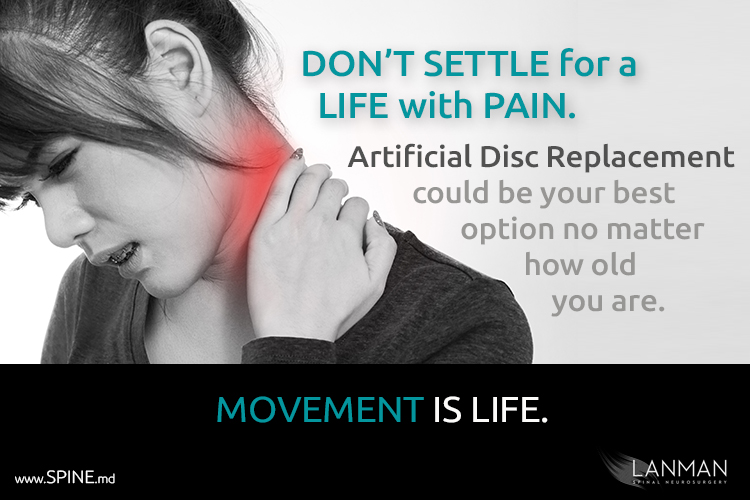Sitting around too much puts you at risk for back and neck pain.
Sitting down and resting your weary bones feels wonderful. Sitting for brief periods of time is natural and necessary. You’re probably doing it now, at your desk, whether you are having a quick snack or cup of coffee, or working, or winding away the hours on social media.
Ironically, not only do I see patients with sports injuries, but I also see people who have injured themselves by merely sitting still. We spend far more hours sitting still than ever before, and our bodies are just not designed for this. In fact, long uninterrupted periods of just sitting can not only lead to heart disease, diabetes, and obesity, but it can also wreak havoc on your bones, joints, muscles, and of course your spine.
Add to this, most of us have incorrect posture when sitting, and this leads to lower back pain and chronic neck pain. As the result of our increasingly sedentary lifestyles, we must contend with the combined effects of excess body weight, lack of exercise, and (probably) poor nutrition. The result is, invariably, cumulative damage to the spine.
Or you can take another approach.
I have a four-phase treatment philosophy that I call the 4D Health Process. “4D” combines four specific actions to preserve motion by encouraging a healthful lifestyle.
First phase: disease screening. You may not be showing any signs of disease, but a great time to benchmark your body’s condition. You’ll have a record of body mass (fat, water, bone, and muscle), blood work, and other checks to aid our evaluation of your exercise potential and nutritional needs.
Second phase: your nutrition plan. Here’s where we whittle down to essential healthy choices of protein and low sugar-added foods. For example, sugar appears to be one of the main causes of illness, weight gain, lipid disorders, and early onset diabetes. As you grow older, the effect of sugar on adults can be devastating.
Third phase: fitness. If we want to be healthy, we need to keep moving. Increase your muscular health and you will burn fat, build lean body muscle mass, and maintain excellent bone health. The best approach to fitness is one that optimizes exercise activity and naturally raises growth hormone levels and testosterone levels. All which can lead to improved health.
Fourth phase: supplements and possibly hormone replacement. As my friend and nutritionist, Dr. Philip Goglia, likes to say, “Supplements are no replacement for hard work.” But when indicated, a careful plan like this can give the body an additional foundation to support unique health goals and healing from all the prior abuse (from unhealthy habits).
Why take this approach? Why go through the “trouble” of changing our lifestyle for more healthy habits?
Consider the simple action of holding a phone up to your ear with your shoulder while sitting at a desk with both hands on a keyboard. This act alone puts enormous stresses on your spine because we tend to hold that position for long periods of time. In my private practice as a spine surgeon and an associate surgeon at Cedar-Sinai Medical Center in Los Angeles, I see quite a few patients who have various complaints of chronic back and neck pains and who identify with this habit.
Unfortunately, other habits that involve head, shoulder, back, and sitting for prolonged periods do not have easy solutions. Even if you have perfect manners and posture, you will cheat. Everyone slouches, at least a little. And even a $500 posture perfect chair will not counter the wear and tear your body must endure if you do nothing else but sit.
Consider another common problem of carpal tunnel syndrome. You can have the very best, ergonomic keyboard, two mice (one for each hand), and a stylus pad, but if you keep making the same wrist movement repeatedly, you’ll still have symptomatic pain, numbness, and weakness in your fingers, wrist and elbow joints, and shoulder.
The carpal tunnel is a small gap within the wrist through which nerves and tendons supplying the fingers pass, namely, the median nerve. The median nerve serves all the fingers except for the little finger and controls movement and sensation in those fingers. Repeated movements, particularly with the wrist bent so that the hand is lower than the wrist, can cause swelling of the carpal tunnel, which in turn puts pressure on the nerves and tendons that produce the symptoms.
Back and neck pain is no different. And you can’t solve that kind of pain with specially designed tools and comfortable chairs either. In fact, I would say that sitting in any kind of chair for more than three uninterrupted hours is simply an invitation for chronic back and neck pain.
When we sit for long periods of time, we place an enormous amount of stress on the series of bones that make up your spine, the vertebrae. The stress is especially hard on the cushions between the bones, the vertebral discs. The disc cores are made of a spongy material, the nucleus pulposus, that people often compare to crab meat. The inner core also has a structure of loose fibers. The outer portion is called the annulus fibrosus, a tough exterior composed of layers of collagen fibers (lamellae) that keeps the core together. It’s this outer layer that may rupture from a sudden shock like a sports injury or accident, or especially over time from simply sitting.
Unlike carpal tunnel syndrome, once a disc is ruptured, there’s no going back. Discs rarely repair. When the fibrous outer layer ruptures, some of the core will leak out and “bump” into a nearby nerve. You can treat a ruptured disc with pain medication and physical therapy. But the permanent fix often requires surgery (e.g., microforaminotomy, artificial disc replacement, fusion).
Unhealthy lifestyle habits lead to more trouble and expense than you think. A healthy body can heal faster. A regimen of healthy habits will definitely help your body avoid the kinds of damage that will lead you to my office as a patient.
Who wants to admit that they’ve been done in simply by sitting too long? Come on! Let’s move!
###







